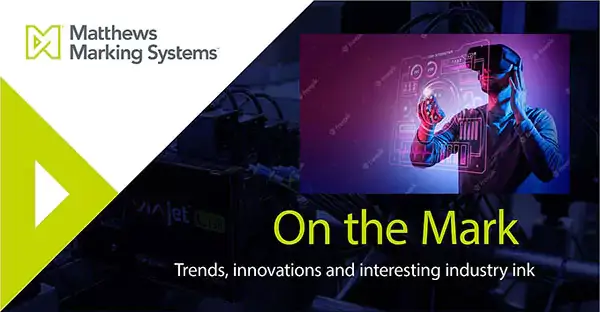AI use cases in packaging and manufacturing, the metaverse and more
Catching up on interesting news and innovations in production, packaging and more

3 technologies driving U.S. manufacturing.
The U.S. manufacturing industry has struggled in previous decades. But in the past few years, things have begun to accelerate. During the 2023 Manufacturing in America event in Detroit, Raj Batra, the president of Siemens Digital Industries USA, highlighted recent events that have fueled the industry. These include the highest total spending on record for new plant construction due to electrification and battery facilities, billions of dollars in government incentives via the Chips and Science Act leading to facilities expansion and modernization, and strategic changes in supply chain planning as a reaction to the shocks encountered during COVID. Batra spoke with Tom Kelly, CEO of Automation Alley, a nonprofit Industry 4.0 knowledge center, about key technologies driving transformational change in U.S. manufacturing, namely artificial intelligence (AI), collaborative robots (cobots), and 3D printing. Kelly noted that the future value of a manufacturing facility will be based on its innovations, not its ability to drive costs out of the system. Source: automationworld.com.
Emerging Recycling Infrastructure to Address Flexible Plastic Film Growth.
According to PMMI Business Intelligence and AMERIPEN’s collaborative report, “2023 Packaging Compass,” new recycling infrastructure is enabling sustainable solutions in flexible plastic film. Nearly 95 pounds of flexible and film plastic are found annually in the U.S. home, but only 1.9 percent of the population can recycle them curbside. One solution seems to be the adoption of AI technology to help sort and identify flexible films early to prevent damage to recycling equipment and ensure recovery. Another solution is chemical recycling, which could increase the quality of resin for reuse and could permit reuse of films for circular reuse rather than directing it to downgraded products. Progress is happening, but legislation and regulations must align with the packaging industry to support progress. Source: profoodworld.com.
The metaverse will engage all five senses.
There are many possibilities in the future for extended reality experiences, such as virtual reality (VR), augmented reality (AR), and even the metaverse. But in order to experience such things, “rigs,” or devices containing sensors, must be developed. Where AR and VR are visual, the metaverse promises to be much more – going beyond vision and sound, goggles and glasses, to potentially include wearables or even implants in the far-off future. Haptic devices will deliver the “touch” element, perhaps through gloves, bracelets, or body suits. Rounding out the metaverse are taste and smell, potentially provided by CO2 detectors which could provide warnings of potentially hazardous environmental conditions or even foods. Although the detection of taste and smell is possible today through chemical compounds and sensors, recreating taste and smell in the metaverse is still in the realm of science fiction. Source: packagingdigest.com.
PMMI study reveals consumer perceptions shaping CPG packaging and laws.
CPGs are continuing to feel the pressure from consumers to improve packaging sustainability. According to a new PMMI report, “Future of Packaging and Sustainability,” 44 percent of consumers use sustainable packaging and look to features such as recyclability, biodegradability, and refillable/reusable containers. Consumer perception that plastics are not sustainable is driving the push toward ending single-use plastic packaging. CPGs are instead increasing reusable, recyclable, or compostable plastic packaging globally. Refillable packaging is also on the rise, with beauty, personal care, and home care products driving growth. Of course, all these efforts aren’t without challenges. Consumers want “easy” and “affordable,” while recycled materials can be more expensive and not always viable for manufacturers. But it’s worked in the past – Starbucks reusable cups and the popularity of reusable grocery bags provide examples. Recent legislation is also driving reduced plastic waste, focusing on circular packaging and decarbonization. Source: packagingtechtoday.com.
